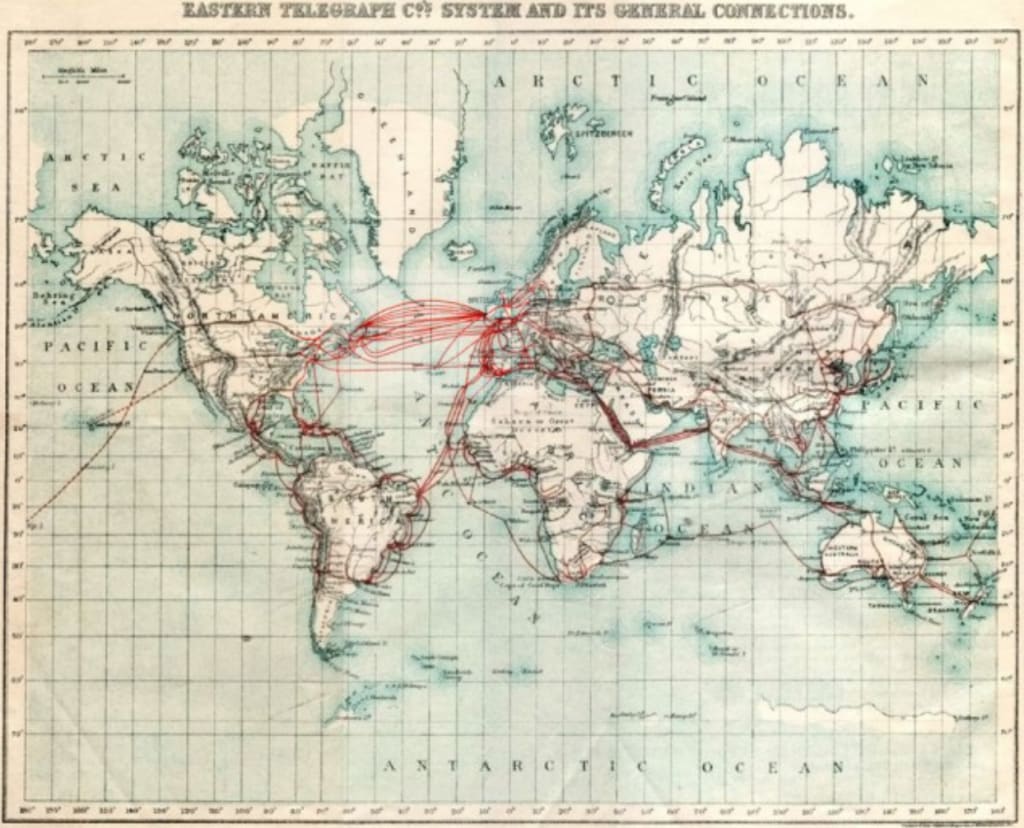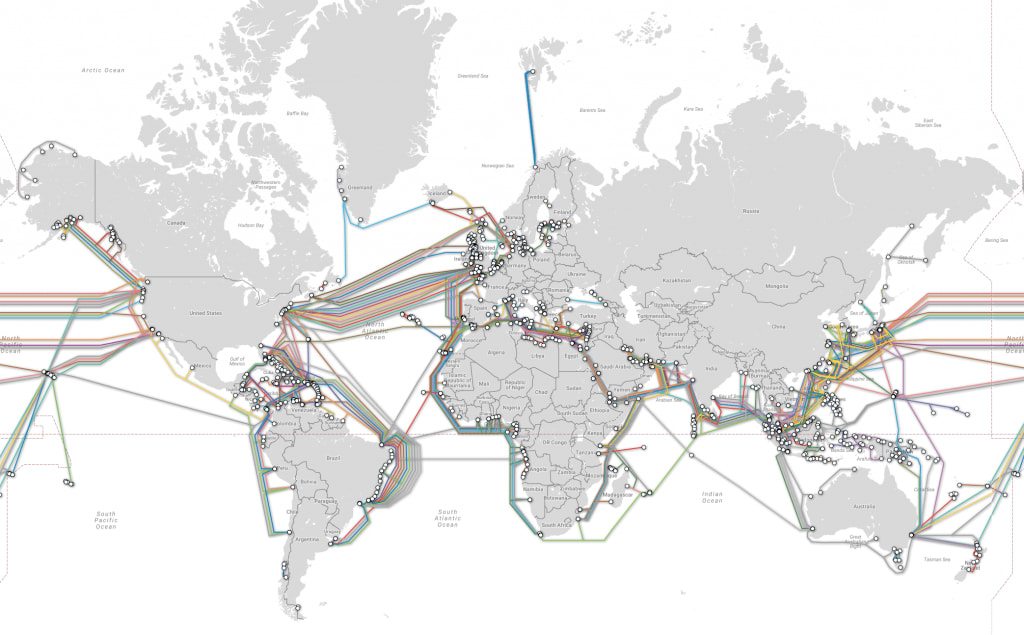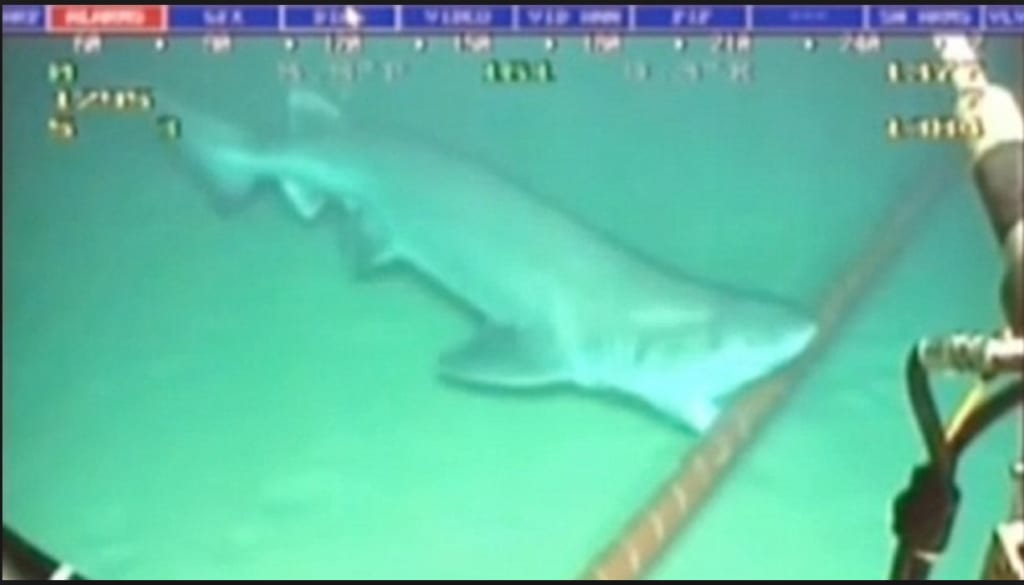

The Submarine Cables that Connect the World’s Internet
With the rise in popularity of ‘cloud computing’, it is often assumed that internet connectivity is happening in the skies above us. It is commonly believed that internet data is largely transmitted by satellites, but this is not the case. Believe it or not, the majority of internet data transmission actually happens deep undersea. Deep at the bottom of the world’s oceans lies a hidden but vast system of fibre-optic submarine cables that connect the world’s internet.
The Secret World of Submarine Cables
The network is colossal, with almost 350 cables that collectively span nearly 550,000 miles and connect every continent other than Antarctica. Cables are buried along the seabed, traversing oceans and following coastlines. Some lay as deep underwater as Mount Everest rises above the ground. The system is also more effective than you’d imagine: 99% of international data is transmitted using the submarine cables. That means that every time you log on to Facebook, stream the latest TV show on Netflix or send an international email, it is likely that your connection started deep under the sea.
Today’s submarine internet network originated from the first international telegraph cables. Aiming to speed transatlantic communications, the first submarine communications cable was laid in 1858 between Ireland and Newfoundland. The first non-test message was sent by Queen Victoria to President James Buchanan – and it took 17 hours and 40 minutes (although that was still faster than using a ship to send a letter). Although the cable was built over 4 years and was initially successful, it lasted less than a month. However, it was proof that the concept could work, and so the British began building a web of cables that spread across the oceans and linked the British Empire.
An early map of the first submarine telegraph system
Within years the telegraph system had given way to a submarine telephone network, and eventually these cables were replaced by fibre optic cables to connect the internet. Today the submarine cables are laid by dozens of countries, connecting locations all over the world. The cables are laid by dedicated ships that have been specialised to lay cables across ocean floors, following very specific routes that have been mapped to choose the smoothest sections of seabed, avoiding coral reefs, trenches and shipwrecks. The complicated process is extremely expensive – often costing hundreds of millions of dollars for a single cable.
Up to Date Submarine Cable Map
Despite the care taken to build and lay the cables, they only have lifespans of approximately 25 years. The high pressure and high levels of hydrogen at the depths they are buried in degrade the optical fibres in the cables over time. As well as this, the cables are very vulnerable to damage by human error, for example anchors, and – for some as yet unknown reason – they are also frequently the victims of shark bites.
The reason why sharks are attracted to the submarine cables remains a mystery, but the phenomenon is certainly real. Google have even decided to intervene, by designing cables with an outer layer of kevlar to provide protection from shark bites.
The Future of the Cables
Microsoft, Google and other internet giants are becoming increasingly involved in the planning and investment of the submarine cable network. Google have recently backed the world’s highest capacity undersea connection – a 5,600 mile link between the US and Japan. It is expected to be an important boost to transpacific internet speeds, transporting data at 60 terabits per second. Facebook and Microsoft have also recently announced plans for a transatlantic cable between Virginia Beach in the US and Bilbao in Spain. The new cables answer increasing demand for faster internet speeds and higher capacity for browsing, in a time where internet use and cloud based services are constantly rising. In doing so, they have found new sources of revenue to fuel their growth.
The constantly growing use of internet worldwide is placing strain on the submarine cables, and may even reduce their lifespan. To rise to the demands of today’s highly connected world, more advanced cables or more frequent upgrades are an absolute necessity. Investment and backing from internet giants such as Google may ultimately be the solution to preserve the world’s submarine internet network.




